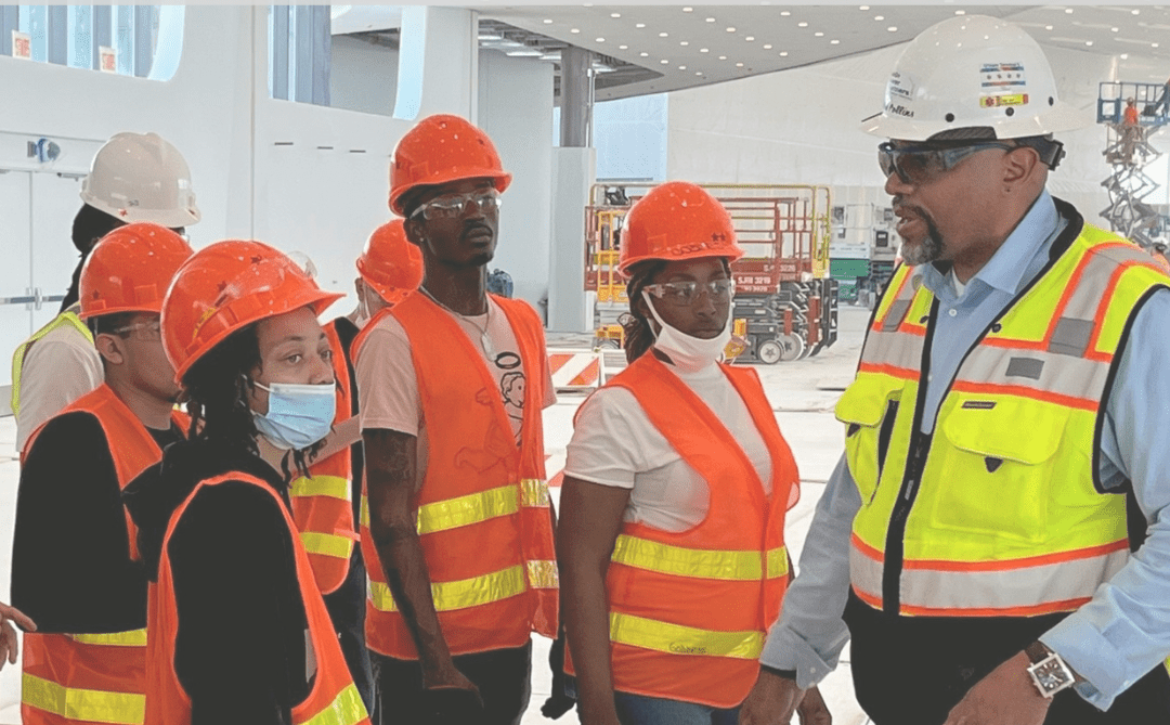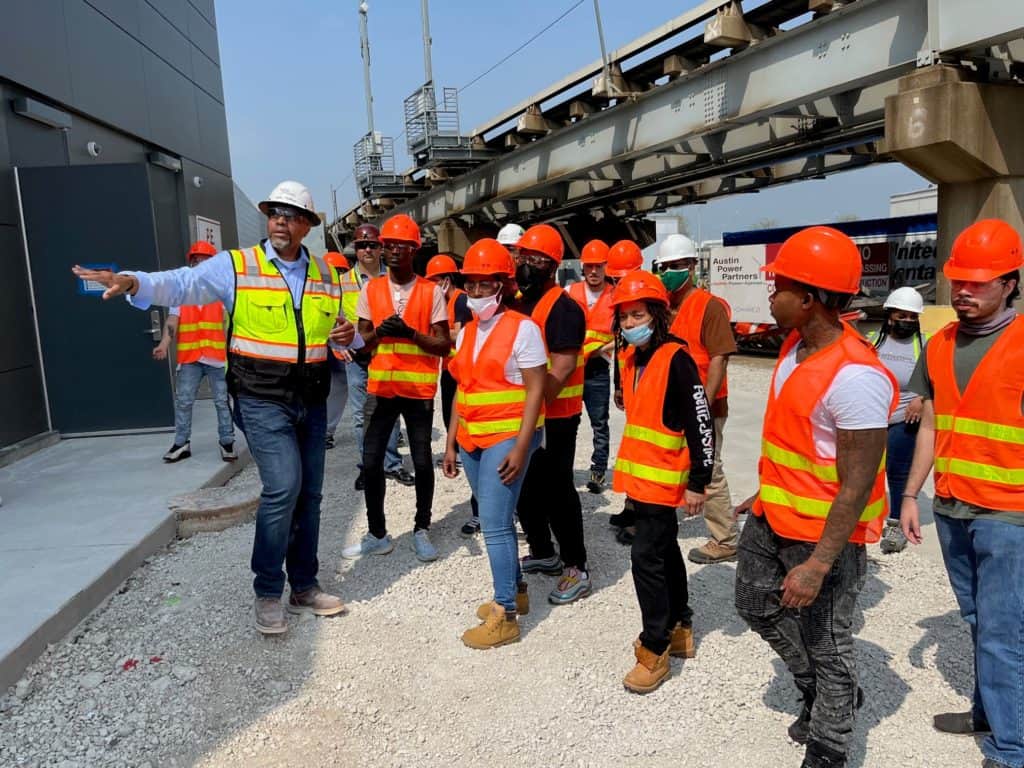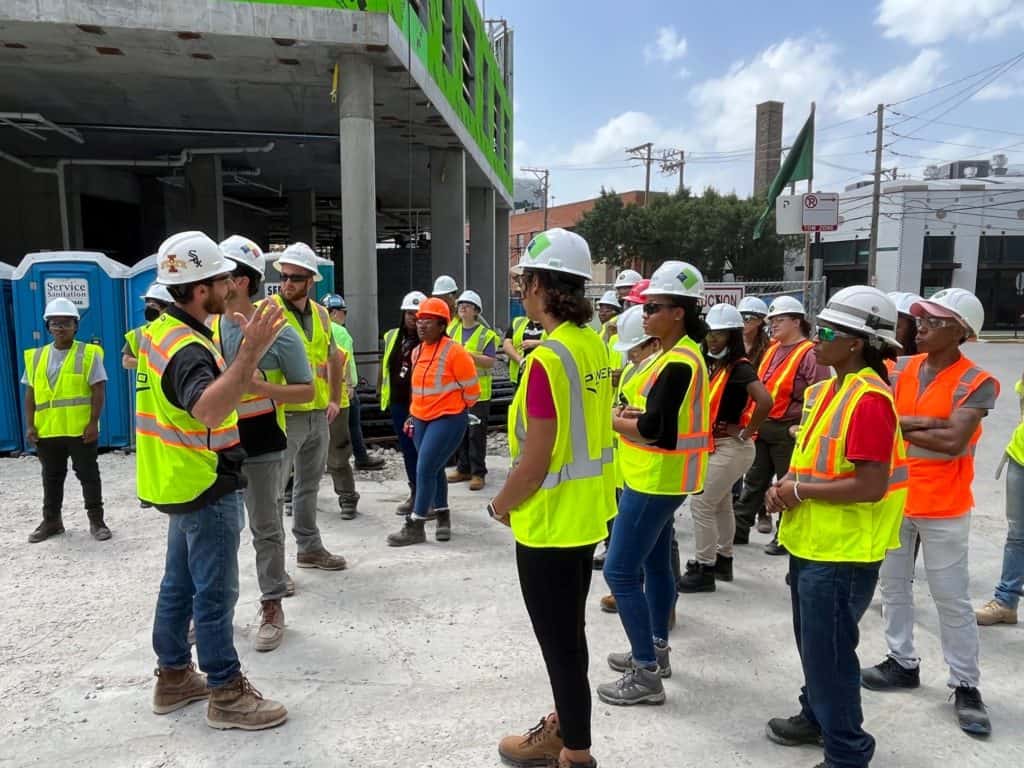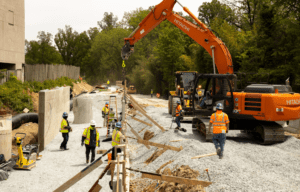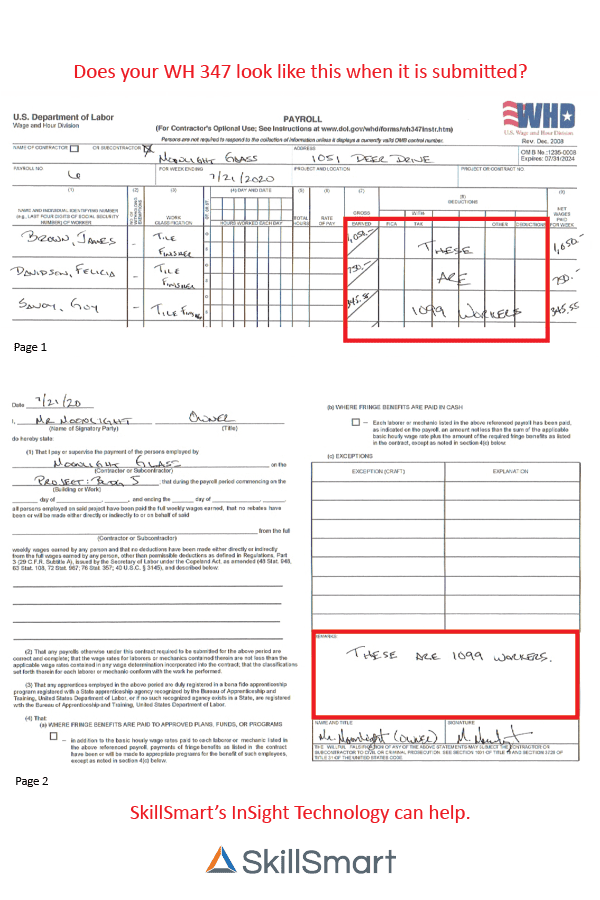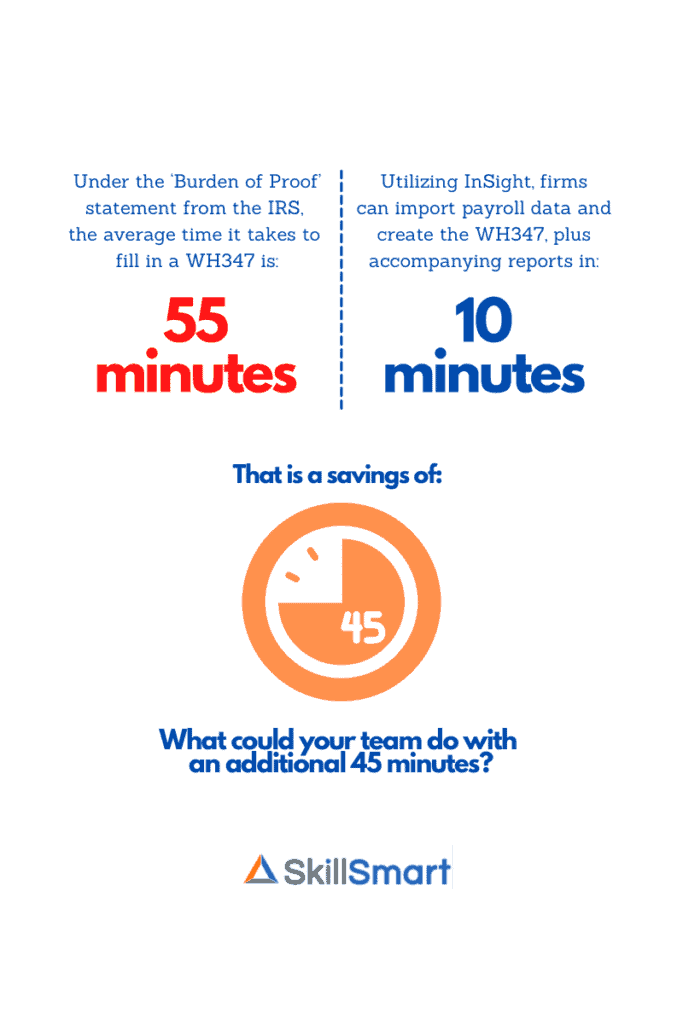The InSight Minute: Wage Theft
We can all agree that “an honest day’s work deserves an honest day’s pay.” Unfortunately, millions of workers across the country are victims of wage theft and don’t receive the full benefits of their work. Moreover, general contractor’s who may be completely unaware that wage theft is happening may be liable for lost wages, damages, and attorney’s fees. SkillSmart’s InSight technology is designed to both minimize liability for contractors and ensure workers receive the full benefits of their honest day’s work.
Most people are unfamiliar with wage theft, but it is the largest form of theft in the United States totaling more than $15 billion a year. While it is prevalent in many industries, it is often undiscussed because it disproportionately affects the most marginalized — those in lower wage, hourly jobs, who are most at risk of losing their job should they speak out against wage theft practices. It occurs when workers are misclassified as contract workers instead of full-time employees, or at a lower salary level than is appropriate, and the employer withholds some of their pay, taxes, or benefits.
Wage theft can be particularly pervasive in the construction industry where there can be hundreds of subcontractors and workers on a single project. A number of states and jurisdictions have passed laws to expand the responsibility of addressing wage theft beyond just an employee’s immediate employer to also include the prime contractors for whom the employer is working. These laws create a right of action for the employee against their employer and any contractor for which their employer is working. In other words, all contractors are now responsible for making sure that every employee, for each of their subcontractors, is paid the correct, timely wage.
We believe technology can be used to help improve the well-being of people and communities, and wage theft is a perfect example of how that can occur. Our InSight technology captures the wage information for every worker, of every subcontractor, working on a job-site and analyzes the wage data to ensure the workers are being paid the appropriate wages and benefits as well as flagging any discrepancies for the contractor and subcontractor. This provides visibility into the process, identifies any issues, and gives notice about potential wage theft instances to be quickly addressed. This approach mitigates the liability for the prime and subcontractor – avoiding expensive damages and attorney’s fees, helps ensure subcontractors are appropriately paying their workers, and ultimately helps to achieve “an honest day’s work for an honest day’s pay” strengthening our workers and communities.
Learn More


